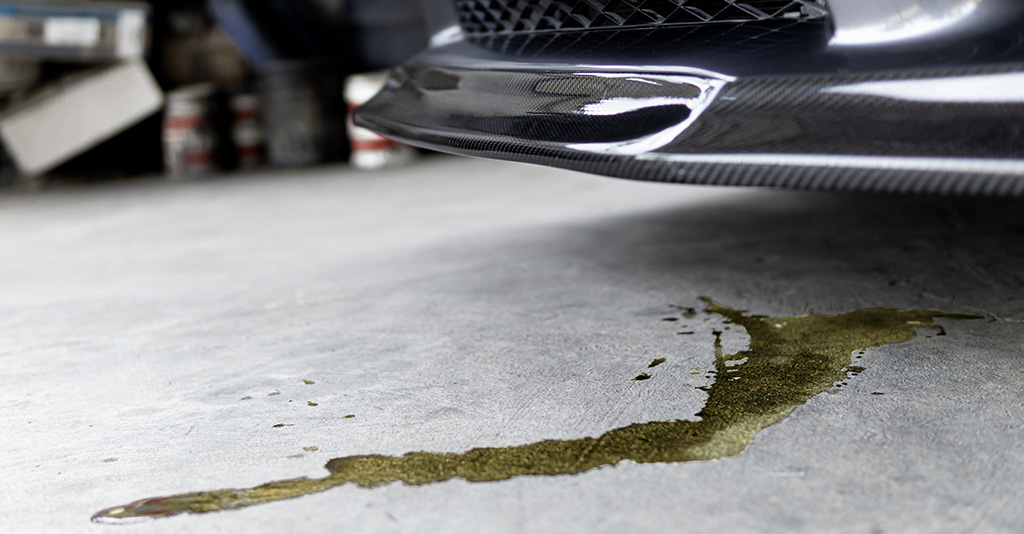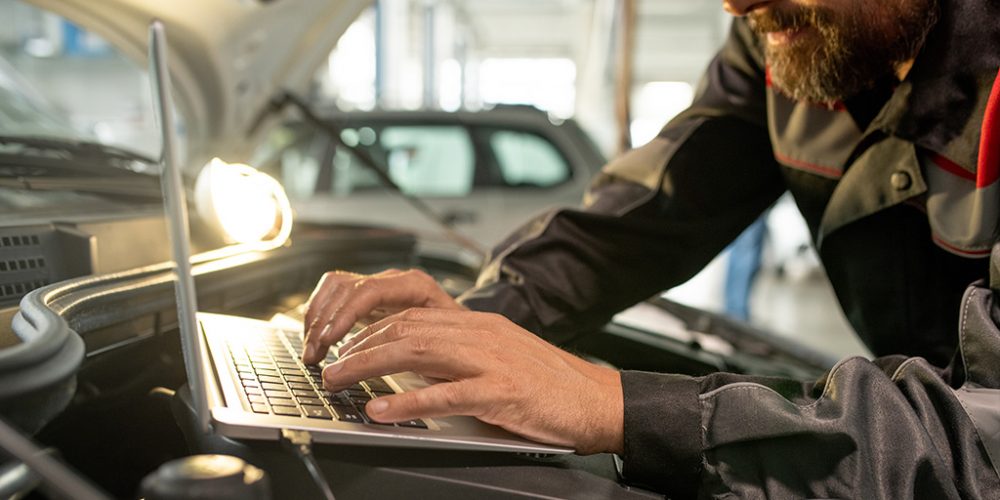
June 3, 2021
Brake fluid is arguably the most instrumental fluid on a vehicle – without it, a car won’t stop. This means that always inspecting the condition of your customers’ braking systems with proper brake fluid maintenance is high on your priority list as a tech. Since brake fluid is so important the question is – how do you recognize if something has gone wrong, like a brake fluid leak? There are a few simple indicators to keep an eye out for.
Symptoms of a Brake Fluid Leak:
Overall Poor Stopping Performance
If a customer comes into the shop claiming that their brakes are not working properly, it’s a good idea to inspect for a brake fluid leak first. Check that all of the lines and hoses are in good working order, not showing any cracking, corrosion or other signs of excessive wear.
Brake Warning Light
It may seem obvious, but when you perform your inspection, always remember to look out for that brake warning light glowing on the dashboard. The customer may have missed it, and it can serve as a direct indicator for you as the technician to thoroughly inspect the braking system. While this light may not specifically alert that brake fluid is the problem, many brake problems on a vehicle are the result of low brake fluid or an issue with hoses, lines and connection points.
Puddle of Brake Fluid
While a puddle of fluid beneath a vehicle could point to a transmission or motor fluid leak, there are a few ways to identify that there is an issue with the brake fluid specifically. Brake fluid has a clear or yellow appearance, which will darken in color over time. It also has an unpleasant odor, like fish oil. Finally, it feels extremely slick to the touch – even more so than other oil substances. Brake fluid should never leave the lines of the vehicle’s hydraulic system, so if you see a puddle of brake fluid, you know that there are more steps to take to solve this problem.
Brake Pedal Goes to the Floor
If a customer mentions that when they push down on their brake pedal, it goes straight to the floor, a more severe brake fluid issue is likely to blame. It’s crucial to convey to your customers that they should avoid driving their vehicle if this situation is occurring, as a failing brake system is extremely dangerous.
If the customer is experiencing this issue, you should coordinate a tow (if the shop offers it) to get the vehicle safely in for service so that you can determine if this is a brake fluid issue or something else.
Squishy Pedal Feel
A “squishy” feeling when pressing the brake pedal down may indicate that the brake fluid level is low. Fluid levels may be low because of a leak or because the pads, rotors and calipers are worn past the point of recommended replacement, altering the way the brake fluid moves throughout the hydraulic system.
The squishy pedal feel happens as a result of air entering the brake lines, as they are no longer completely full of fluid.

Diagnosing a Brake Fluid Leak:
Once you’re familiar with the symptoms of a brake fluid leak, you can take the next step to identify where that leak is originating from. Once the starting point is located, you’ll be able to fix the specific malfunctioning part.
Brake Line Leak
To determine exactly where the leak is coming from, you’ll first have to pump the brake pedal from inside the car. From there, you can pinpoint the location of the leak by looking beneath the vehicle to observe where fluid is flowing from. From there, faulty or corroded brake lines can be either repaired or replaced as necessary.
Brake Master Cylinder Leak
As far as brake fluid leaks go, those coming from the brake master cylinder are the easiest to identify. All that needs to be done is a visual assessment of the outside of the brake master cylinder, checking to see if any brake fluid is present.
Brake Caliper Leak
To check for a brake fluid leak from the caliper, you’ll need to remove each tire to assess each caliper. Visually inspect each caliper to see if there are any cracks in the caliper body, or, more commonly, a worn or faulty O-ring might be to blame. Also check the functionality and firing of each piston, as they may require replacement as well.
Final Inspection Steps
Once your customer’s brake fluid maintenance is complete, it’s important to always perform a full inspection of the vehicle’s entire braking system to ensure that there aren’t additional issues that could cause a safety concern.
It’s also important to educate your customers on the benefits of using parts that are designed and engineered to work together, like ADVICS ultra-premium brake products. Vehicles outfitted with complimentary brake system components will perform better for longer, and provide customers with a safer, more reliable stop.
Check out our full range of ultra-premium brake products here.
